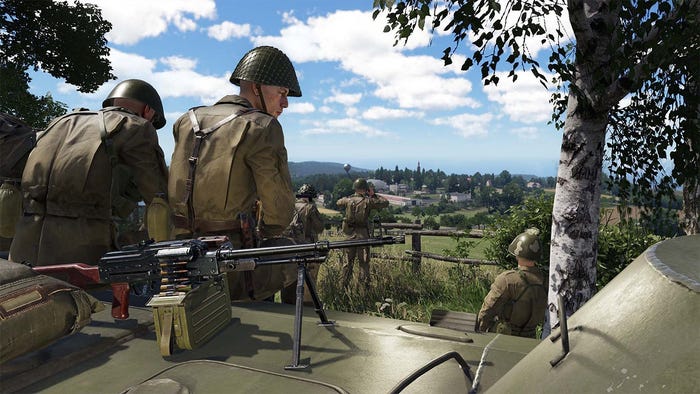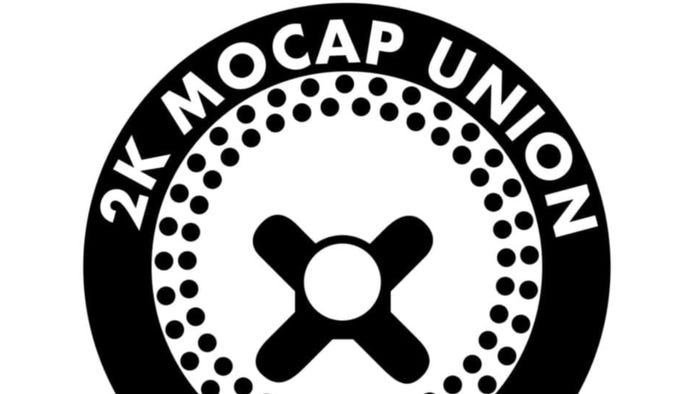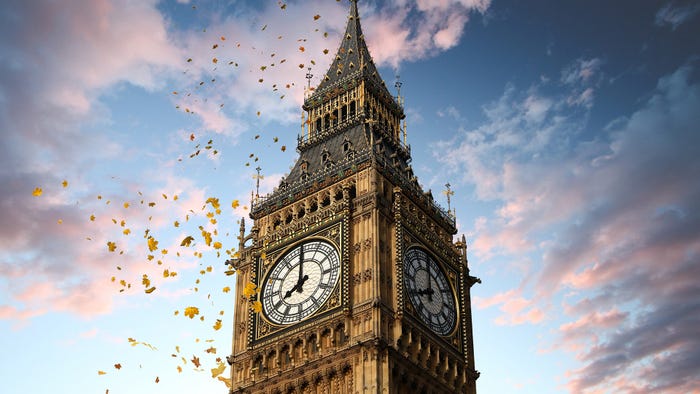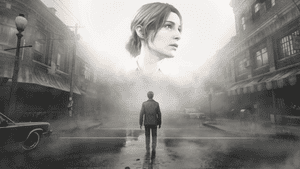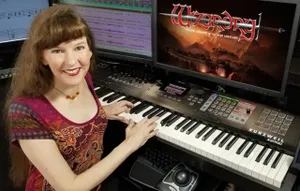
Featured Blog | This community-written post highlights the best of what the game industry has to offer. Read more like it on the Game Developer Blogs or learn how to Submit Your Own Blog Post
Horizontal Fractal Displacement
Another take on the horizontal fractal displacement for fractal-refined terrain rendering.

Recently I've been working on the code that computes fractal data - a bit of reorganization to be able to have more independent fractal channels that are used everywhere in the engine, as I was running short of them already.
Previously we had one channel where the terrain elevation fractal was computed, another channel with low-pass filtered terrain slope and 2 independent fractal channels. After the redesign we have 4 independent fractal channels, but additionally the filtered slope is computed independently for u,v terrain directions.
The two-dimensional slope values allow for better horizontal displacement effect on the generated terrain, because now it's possible to make the rock bulge from the hill slope in the right direction. In the previous version only the absolute slope value was known, and the fractals extruded the mesh independently in two orthogonal directions, and of course that did not always look good.
The equation for the displacement was in addition parametrized, to be able to get more effects out of it. Currently it's possible to vary the dominant wavelength, bias and amplitude of the used fractal.
Here is a quick comparison of what the parameters do.
Bias +0.5 (bulging outwards from the slope), wavelength 19m
Wavelength 38m
Wavelength 76m
In the last screenshot the fractal used for the displacement is already only slightly visible and the bulbous shape of purely slope-dependent displacement shows up.
Here's how the displacement looks like when the bias is even larger, i.e. when the sloped parts are pushed even more outwards (bias +1.5):
It's also possible to use a negative bias values, that make the sloped parts carved into the hill (bias -1.0):
On the other hand, amplitude boost can emphasize the effect of the fractal, creating more visible overhangs here and there:
For comparison, here's how the same terrain looks like without any horizontal fractal effect at all:
... and without the vertical fractal, only a bicubic subdivision of original 76m terrain grid:
Next thing to try could be using a texture containing rough shape of specific type of erosion one would like to achieve. Current technique still cannot generate proper cliff and canyon walls, but combining it with the shape map lookup should theoretically do the job.
There's also an interactive comparison for those who want more details.
Also an older, but related comparison of components in vertical fractal refinement.
Read more about:
Featured BlogsAbout the Author
You May Also Like


